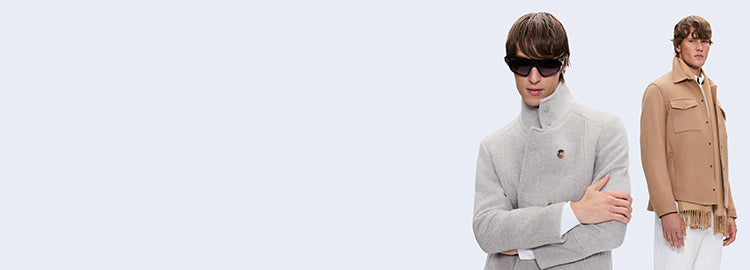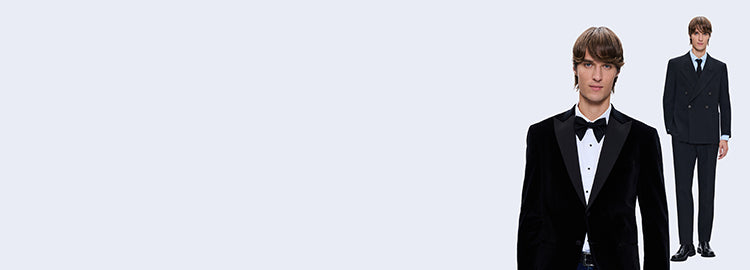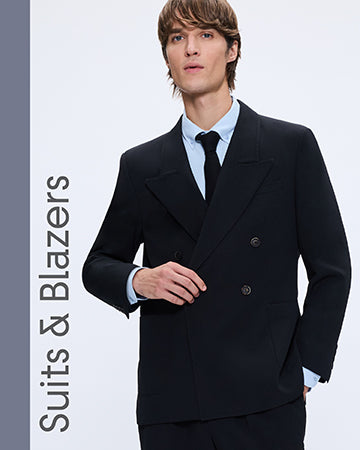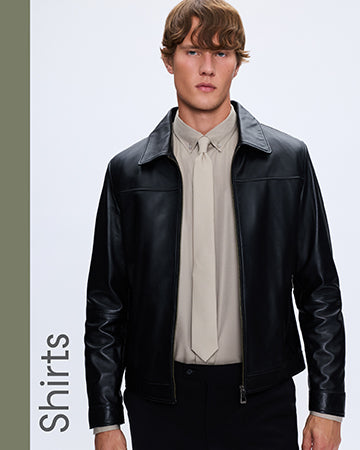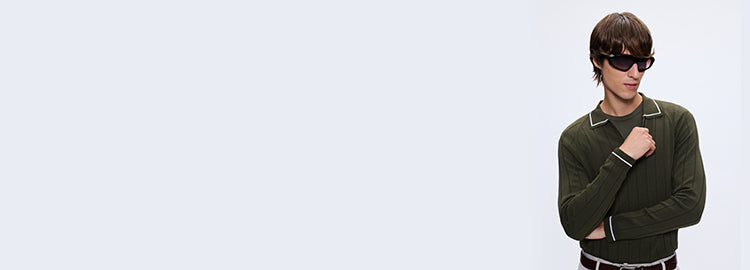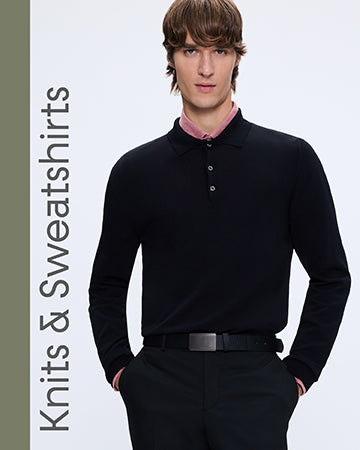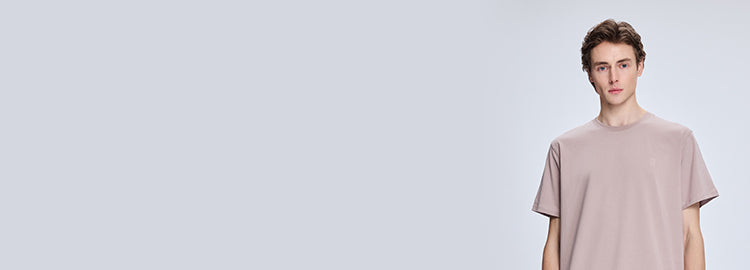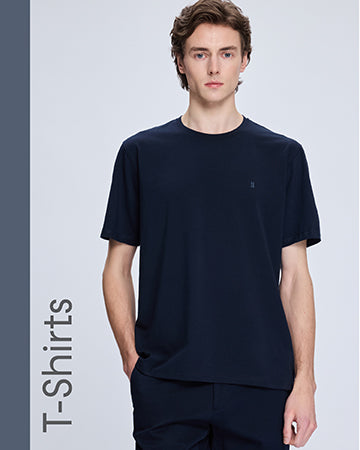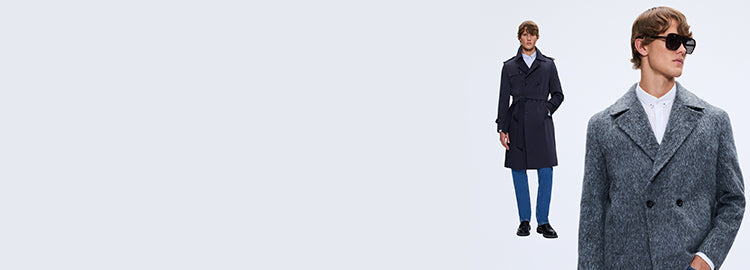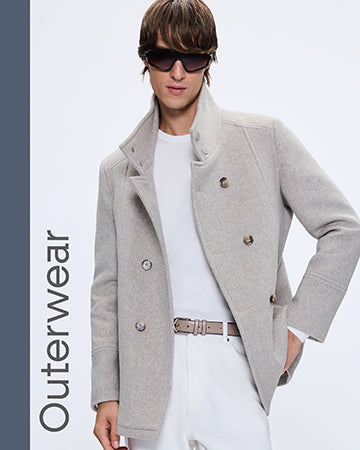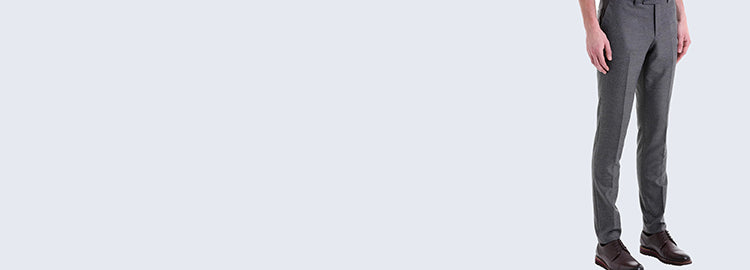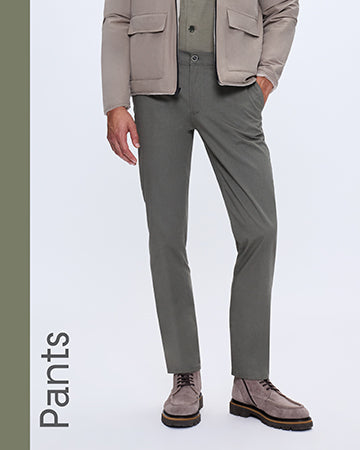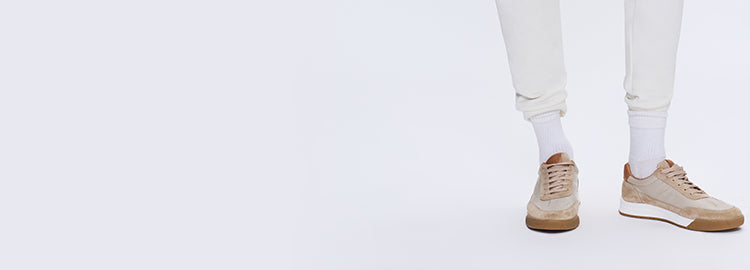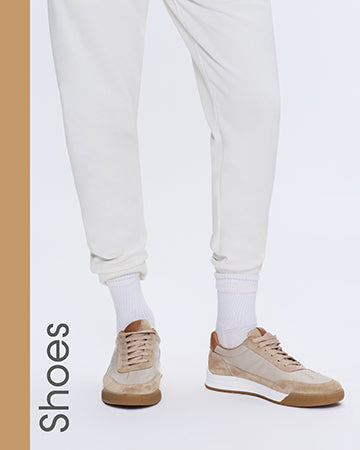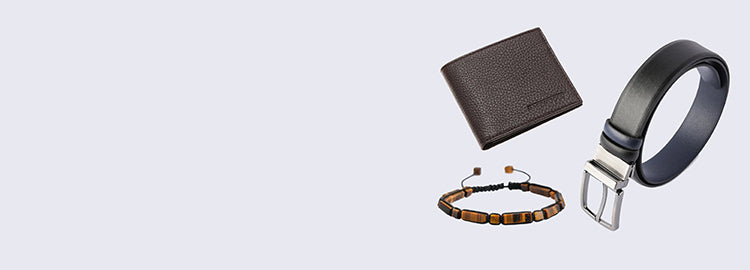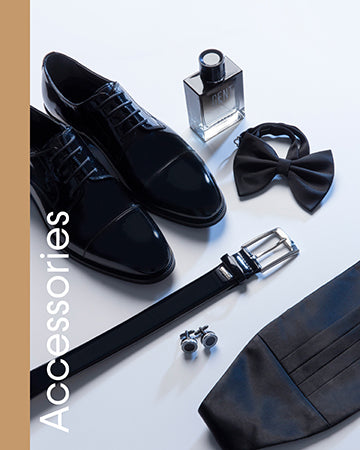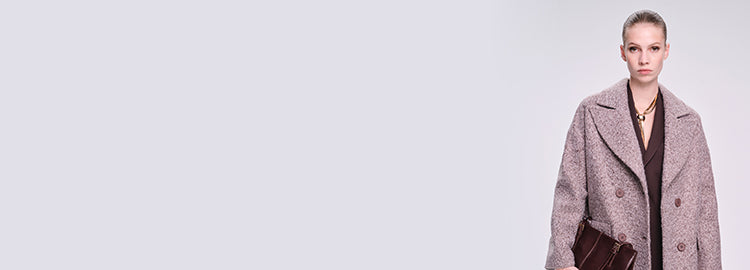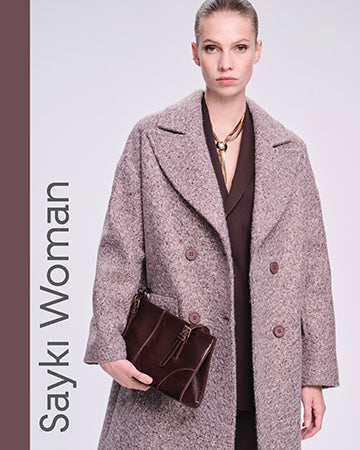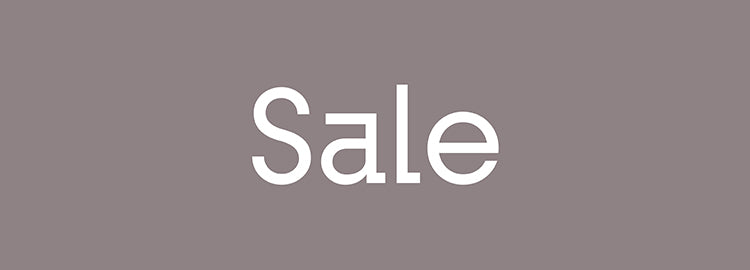Introduction: Why Suit Choice Matters for Overweight Men
Finding the perfect suit can be challenging, especially when you're working with a larger frame. The right suit doesn't just cover your body—it enhances your silhouette, boosts your confidence, and ensures you look sharp for any occasion. Many men struggle with ill-fitting garments that draw attention to problem areas rather than highlighting their best features. Understanding how to select and style a suit properly can transform your entire appearance and change the way you feel in formal wear.

Choosing the Right Fit
Slim-Fit vs. Classic Fit
The debate between slim-fit and classic-fit suits often confuses men with larger builds. Contrary to popular belief, slim-fit doesn't mean skin-tight. However, for overweight gentlemen, a classic or modern fit typically works best. These cuts provide adequate room through the chest, shoulders, and midsection without looking baggy or outdated. Avoid anything labeled "relaxed fit," as these tend to add bulk rather than create a flattering line.
| Fit Type | Best For | Avoid If |
|---|---|---|
| Classic Fit | Larger builds, comfort priority | You prefer modern silhouettes |
| Modern Fit | Most body types, balanced look | You need extra room |
| Slim Fit | Athletic builds | You have a larger midsection |
Importance of Tailoring
Off-the-rack men's suits rarely fit anyone perfectly, regardless of body type. Investing in alterations is one of the smartest decisions you can make. A skilled tailor can adjust the jacket shoulders, take in the waist, shorten sleeves, and taper pants to create a custom look. Even minor adjustments can make a significant difference in how the garment drapes on your frame and presents your overall appearance.
Suit Should Fit Your Body Measurements
Never buy a suit based solely on the size label. Different brands have varying sizing standards, and your body proportions matter more than generic measurements. The jacket should sit smoothly across your shoulders without pulling or wrinkling. Sleeves should end at your wrist bone, allowing about half an inch of shirt cuff to show. The jacket should button comfortably without straining, and you should be able to fit a flat hand between your chest and the buttoned jacket.

See also : Suit Measurements: Get the Perfect Fit
Best Suit Colors and Patterns
Dark Colors for a Slimmer Silhouette
No matter how thin or overweight you are, if you choose your suit in the wrong color, you may look thinner or fatter. For overweight men, opting for darker shades such as navy, black, and gray can be particularly flattering. These colors have a slimming effect and help create a more streamlined appearance.

Vertical Stripes and Subtle Patterns
Patterns can be your friend when chosen wisely. Thin vertical pinstripes elongate your frame and draw the eye up and down rather than across. Avoid horizontal stripes, large checks, or bold patterns that can make you appear wider. Subtle textures like herringbone or birdseye weaves add visual interest without overwhelming your silhouette. When wearing tuxedos, stick with solid colors for the most elegant look.
Color Selection Matters
Beyond dark neutrals, consider charcoal, deep burgundy, or forest green for variety. These rich tones maintain the slimming effect while adding personality to your wardrobe. Steer clear of light colors like tan, beige, or pastels, which tend to expand your visual footprint. If you want to experiment with lighter shades, reserve them for accessories or combine them strategically with darker pieces.
| Color | Effect | Recommendation |
|---|---|---|
| Navy Blue | Slimming, versatile | Highly recommended |
| Charcoal Gray | Professional, slimming | Highly recommended |
| Black | Most slimming, formal | For evening events |
| Light Colors | Expands silhouette | Use sparingly |
Attention to Shirt Patterns
Your shirt choice significantly impacts your overall appearance. Solid men's shirts in white, light blue, or soft pastels work well under structured suits. If you prefer patterns, choose small-scale designs like micro-checks or thin stripes. Large, busy shirt patterns compete with your suit and can create visual chaos that detracts from a polished look.
Jacket and Pants Proportions
Proper Jacket Length
Jacket length dramatically affects your proportions. The hem should fall at the point where your fingers curl when your arms hang naturally at your sides, typically covering your rear while still showing some trouser length. A jacket that's too long shortens your legs visually, while one that's too short emphasizes your midsection. Finding this balance creates better overall proportions.

Choosing Jackets and Pants in Different Colors
Breaking up your suit with separates can work strategically. A navy blazer paired with gray trousers creates vertical division that can be flattering. However, this approach requires careful execution—the contrast shouldn't be too stark, and both pieces must fit properly. When selecting men's blazers as separates, maintain the same formality level between jacket and pants.
Trouser Fit and Break
Your men's pants should sit at your natural waist, not below your belly. This positioning provides better support and creates a cleaner line. Choose a straight or slight taper through the leg—avoid skinny cuts that create imbalance with your upper body. The break (where pants meet shoes) should be minimal, with just a slight fold. Too much fabric pooling at your ankles looks sloppy and shortens your legs visually.
| Trouser Break | Description | Best For | For Overweight Men |
|---|---|---|---|
| No Break | Pants end just above shoes with no fold | Modern, sleek look | Recommended |
| Slight Break | Small fold at the front, minimal fabric contact | Most men, versatile | Best Choice |
| Full Break | Noticeable fold with excess fabric pooling at ankles | Traditional style only | Avoid |
Styling and Details That Make a Difference
Choose Your Jacket Carefully
Single-breasted jackets with two or three buttons generally work best for larger men. The button stance (placement of buttons) should sit at or slightly above your natural waist to elongate your torso. Double-breasted jackets can work but require careful fitting—when done right, they add structure, but when done poorly, they add bulk.

Buttoning Your Jacket the Right Way
Always button your jacket when standing, and unbutton it when sitting to prevent pulling and wrinkling. For two-button jackets, fasten only the top button. For three-button styles, button the middle one, or both the middle and top if the lapel rolls naturally. Never button the bottom button—this is a universal rule that maintains proper jacket drape.
Selecting the Right Lapel
Lapel width should be proportional to your body and face. Wider lapels (3.5 to 4 inches) balance broader shoulders and larger frames better than narrow lapels, which can look out of scale. Notch lapels are the most versatile choice, while peak lapels add a touch of formality and draw attention upward toward your face.
Accessories to Enhance Your Look
Belts, Ties and Pocket Squares
Accessories provide finishing touches that pull your look together. Choose a quality leather belt that matches your shoe color, with a width proportional to your belt loops—typically 1.25 to 1.5 inches. Your tie should reach your belt buckle and have a width that complements your lapels. A simple pocket square adds sophistication without overwhelming your ensemble. Avoid overly flashy accessories that draw attention to your midsection—keep things refined and understated.

Quality matters more than quantity when building a suit wardrobe. Start with foundational pieces in versatile colors, focus on proper fit through tailoring, and add personality through thoughtful accessorizing. With these strategies, you'll discover that dressing well has nothing to do with your size and everything to do with understanding what works for your unique body.

